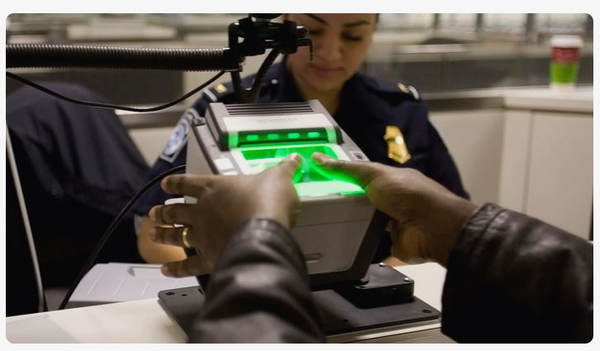- Details
- Headlines
EU Tightens Migration Controls with New Biometric Border Surveillance
BRUSSELS, May 20 – The European Union is set to implement a new digital border control system that will collect biometric data from all non-EU nationals entering and exiting the Schengen Area. The Entry/Exit System (EES) is designed to tighten control over irregular migration and prevent identity fraud, EU officials said on Monday.

The system will automatically record the time and place of entry and exit, using fingerprints and facial recognition to verify identities. It replaces manual passport stamping and will help authorities track whether travelers have overstayed their permitted period in the EU.
Developed by the European agency eu-LISA, EES will give member states real-time access to data on third-country nationals’ travel history and current legal status within the EU.
“For the first time, we will have complete and reliable real-time information on who is entering and exiting the Schengen area,” said EU Commissioner Magnus Brunner in a statement, calling it a crucial measure to close security gaps.
The system will be introduced gradually over six months:
-
In the first two months, member states may operate EES without biometric input.
-
From month three, at least 35% of border crossings must use the new system.
-
Full biometric operation is expected by the end of the six-month transition, after which manual passport stamping will be phased out.
A final start date for the rollout has not been set and will require a separate decision by the European Commission. The current agreement between EU institutions must still be formally approved by the European Council and European Parliament.
Will the Entry/Exit System improve EU security as intended? Could it lead to longer border wait times during the rollout? Is the balance between surveillance and privacy being managed properly?
- Details
- News Team
- Hits: 1355
Local News
- Details
- Society

Kribi II: Man Caught Allegedly Abusing Child
- News Team
- 14.Sep.2025
- Details
- Society

Back to School 2025/2026 – Spotlight on Bamenda & Nkambe
- News Team
- 08.Sep.2025
- Details
- Society

Cameroon 2025: From Kamto to Biya: Longue Longue’s political flip shocks supporters
- News Team
- 08.Sep.2025
- Details
- Society

Meiganga bus crash spotlights Cameroon’s road safety crisis
- News Team
- 05.Sep.2025
EditorialView all
- Details
- Editorial

Robert Bourgi Turns on Paul Biya, Declares Him a Political Corpse
- News Team
- 10.Oct.2025
- Details
- Editorial

Heat in Maroua: What Biya’s Return Really Signals
- News Team
- 08.Oct.2025
- Details
- Editorial

Issa Tchiroma: Charles Mambo’s “Change Candidate” for Cameroon
- News Team
- 11.Sep.2025
- Details
- Editorial





